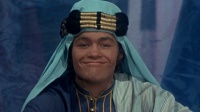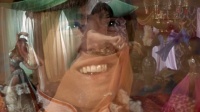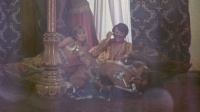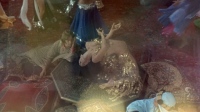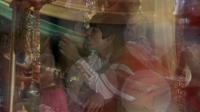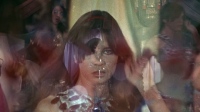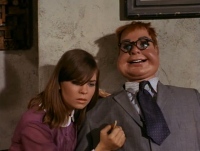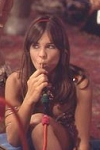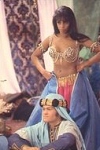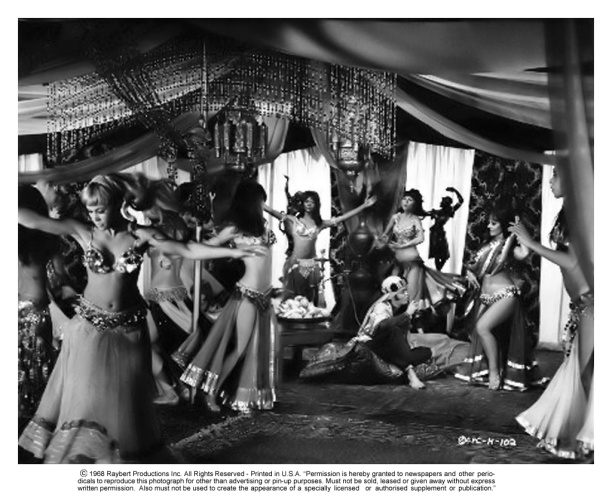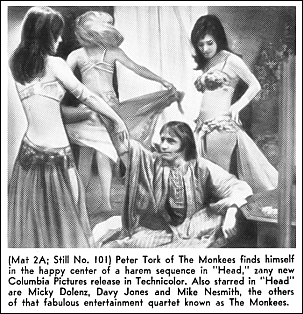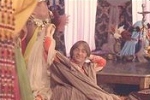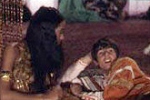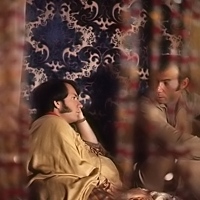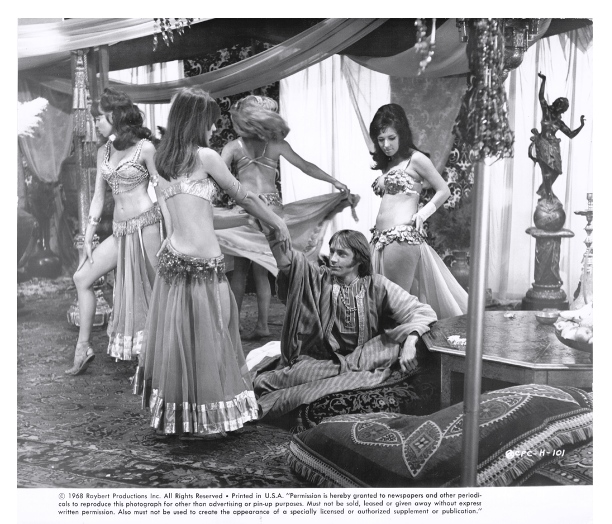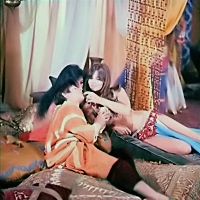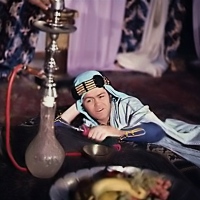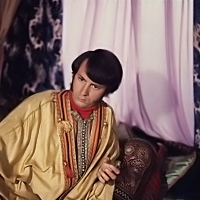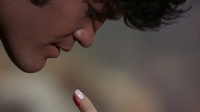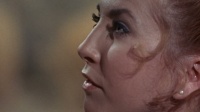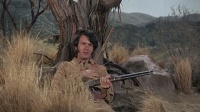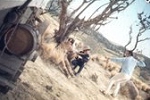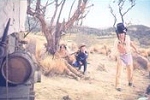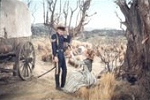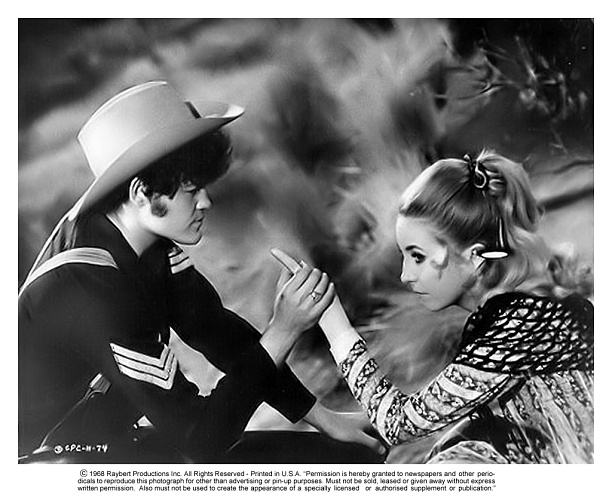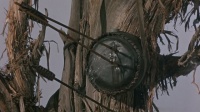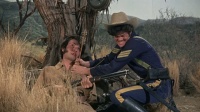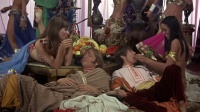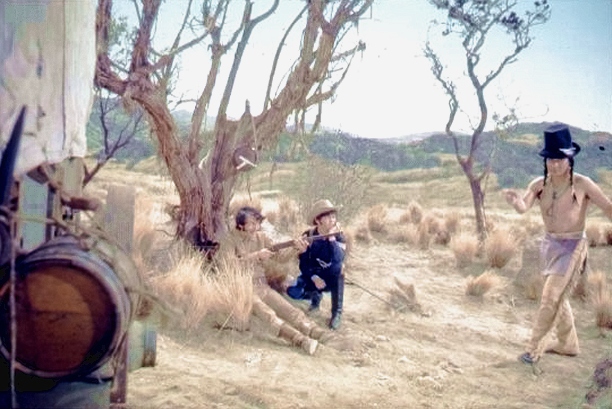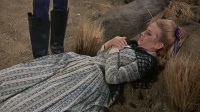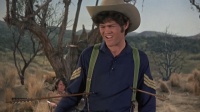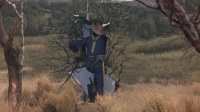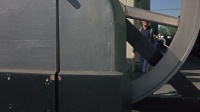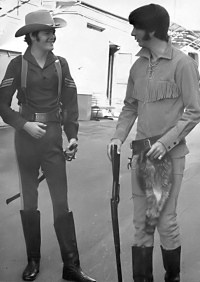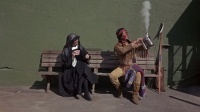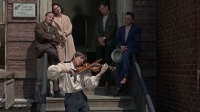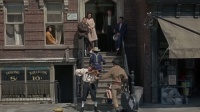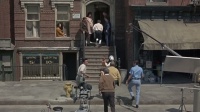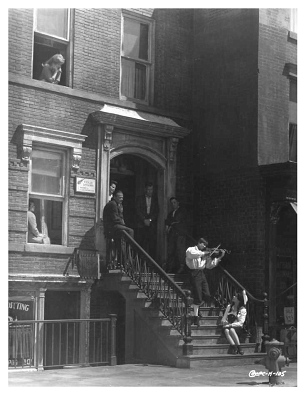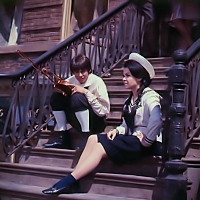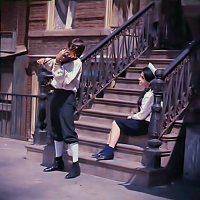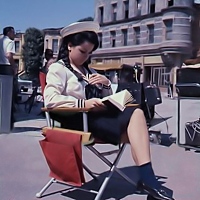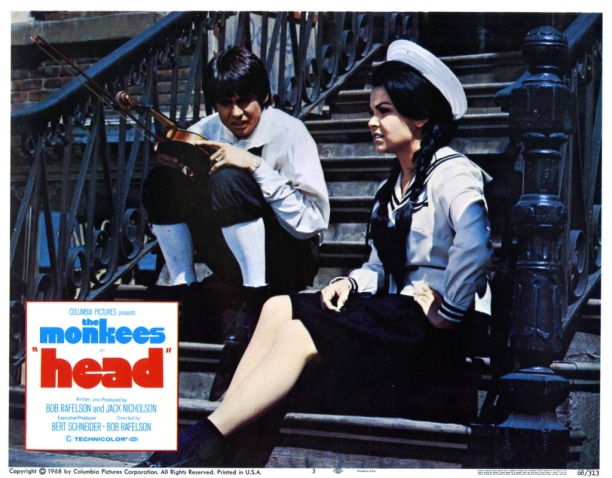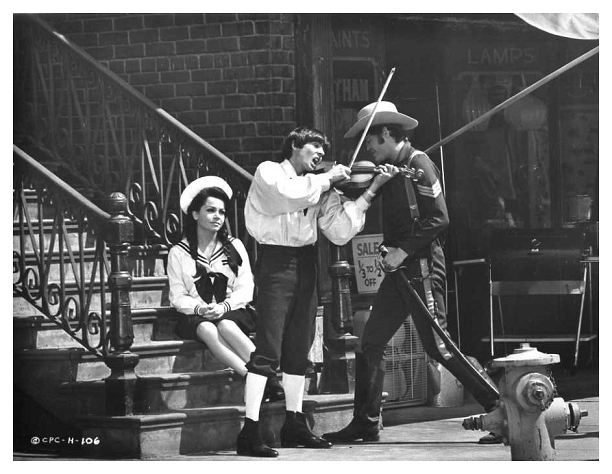|
EDIT NEWS: The Monkees - Head - 'Changes' - Page 9
| |||||||||||||||||||||||||||||||||||||||||||||||||||||||||||||||||||||||||||||||||||||||||||||||||||||||||||||||||||||||||||||||||||||||||||||||||||||||||||||||||||||||||||||||||||||||||||||||||||||||||||||||||||||||||||||||||||||||||||||||||||||||||||||||||||||||||||||||||||||||||||||||||||||||||||||||||||||||||||||||||||||||||||||||||||||||||||||||||||||||||||||||||||||||||||||||||||||||||||||||||||||||||||||||||||||||||||||||||||||||||||||||||||||||||||||||||||||||||||||||||||||||||||||||||||||||||||||||||||||||||||||||||||||||||||||||||||||||||||||||||||||||||||||||||||||||||||||||||||||||||||||||||||||||||||||||||||||||||||||||||||||||||||||||||||||||||||||||||||||||||||||||||||||||||||||||||||||||||||||||||||||||||||||||||||||||||||||||||||||||||||||||||||||||||||||||||||||||||||||||||||||||||||||||||||||||||||||||||||||||||||||||||||||||||||||||||||||||||||||||||||||||||||||||||||||||||||||||||||||||||||||||||||||||||||||||||||||||||||||||||||||||||||||||||||||||||||||||||||||||
| Updated March 2013 | |||||||||||||||||||||||||||||||||||||||||||||||||||||||||||||||||||||||||||||||||||||||||||||||||||||||||||||||||||||||||||||||||||||||||||||||||||||||||||||||||||||||||||||||||||||||||||||||||||||||||||||||||||||||||||||||||||||||||||||||||||||||||||||||||||||||||||||||||||||||||||||||||||||||||||||||||||||||||||||||||||||||||||||||||||||||||||||||||||||||||||||||||||||||||||||||||||||||||||||||||||||||||||||||||||||||||||||||||||||||||||||||||||||||||||||||||||||||||||||||||||||||||||||||||||||||||||||||||||||||||||||||||||||||||||||||||||||||||||||||||||||||||||||||||||||||||||||||||||||||||||||||||||||||||||||||||||||||||||||||||||||||||||||||||||||||||||||||||||||||||||||||||||||||||||||||||||||||||||||||||||||||||||||||||||||||||||||||||||||||||||||||||||||||||||||||||||||||||||||||||||||||||||||||||||||||||||||||||||||||||||||||||||||||||||||||||||||||||||||||||||||||||||||||||||||||||||||||||||||||||||||||||||||||||||||||||||||||||||||||||||||||||||||||||||||||||||||||||||||||
| |||||||||||||||||||||||||||||||||||||||||||||||||||||||||||||||||||||||||||||||||||||||||||||||||||||||||||||||||||||||||||||||||||||||||||||||||||||||||||||||||||||||||||||||||||||||||||||||||||||||||||||||||||||||||||||||||||||||||||||||||||||||||||||||||||||||||||||||||||||||||||||||||||||||||||||||||||||||||||||||||||||||||||||||||||||||||||||||||||||||||||||||||||||||||||||||||||||||||||||||||||||||||||||||||||||||||||||||||||||||||||||||||||||||||||||||||||||||||||||||||||||||||||||||||||||||||||||||||||||||||||||||||||||||||||||||||||||||||||||||||||||||||||||||||||||||||||||||||||||||||||||||||||||||||||||||||||||||||||||||||||||||||||||||||||||||||||||||||||||||||||||||||||||||||||||||||||||||||||||||||||||||||||||||||||||||||||||||||||||||||||||||||||||||||||||||||||||||||||||||||||||||||||||||||||||||||||||||||||||||||||||||||||||||||||||||||||||||||||||||||||||||||||||||||||||||||||||||||||||||||||||||||||||||||||||||||||||||||||||||||||||||||||||||||||||||||||||||||||||||
Another mass of overlaid images translate quite a staid and sober script direction into a memorably trippy sequence for the big screen. The 'Harem' setting presented here is effectively a rewrite of the Geisha Girls sequence in the discarded 'Godzilla' part of the script (see 'Changes' - Page 21, Shots 68-69). Note that both scenarios depict some of the bandmembers having set out on a rescue mission and getting distracted by forbidden delights along the way (rescuing Toshiko's father from Godzilla suddenly seeming less important than being bathed by Geishas, and - in the cowboy sequence - Davy and Peter's supposed mission to fetch reinforcements to fight the Indian onslaught taking second stage to being fed grapes at the Harem)
A French press pack caption identifies the grape-feeding dancers as being Fairchild and Chelsea Brown (the latter best known at the time as one of the dancers on Rowan and Martin's Laugh-In). Both IMDb and Psycho Jello's 'profiles' page identify a third dancer as Helena Kallianiotes (whose dalliance with the Rafelson/Schneider/Nicholson lot extended to Easy Rider (1969), Five Easy Pieces (1970) and Stay Hungry (1976)). The June Fairchild page on Gazzari Dancers.com identifies a fourth as Jacqui Landrum.
Throughout the song's development Tork himself sang the lead. However when it was decided to use the song in the film, Bert Schneider as executive producer suggested that Micky Dolenz instead provide the lead vocals - so as to emphasise the changing from the previous Micky-starred scene to the Harem setting (it is after all his 'mirage'!). A Tork-vocals version of the song features as an extra on the Rhino Head CD and on the Rhino Handmade Head Deluxe boxed set while several scratchy acetates of test mixes do the rounds with collectors.
The claim of eleven new Monkees tracks is particularly odd, given that the far-more-rigid-than-you'd-expect framework of the shooting script calls for eight musical numbers in total (at least around the time of the draft under discussion here). Those eight numbers were later reduced to seven, after it was decided to a) feature 'The Porpoise Song' twice, b) cut one musical sequence completely and c) add 'Ditty Diego'. And, no, we're not counting 'Happy Birthday'.
The theatrical trailer opens with a section of the harem sequence while a tersely edited 'Can You Dig It' plays on the soundtrack. Oddly, as the soundtrack fades under the scene we hear what appears to be the 'natural audio' recorded during the shoot itself - the dancers' hands clapping together as they perform. No such sounds occur in the movie itself. Assuming these claps weren't dubbed on especially for the trailer (and it's doubtful they'd have gone to all the bother) it rather suggests that the dance was choreographed without the aid of playback music during the shoot.
Note the set-up for Shots 147 - 148: 'EXT. DESERT - DAY'. Although this appears on first glance to be erroneous, it's likely that they intended to film at least some sections of the cowboy sequences during the Palm Springs desert location shoot, albeit with the same fake Western backdrops. Evidence of this can be found later in the script when Davy leads the group through a reprise of the cowboy scene (see 'Changes' - Page 80, Shot 257), a sequence which also calls for an exterior desert setting. The latter is set-up so that the filmmakers could cut to a reverse angle showing the group trudging off the fake cowboy set and towards the Coke machine in the desert. However, it's doubtful that any of the cowboy scenes were filmed at Palm Springs - or that they were genuine exterior shots for that matter. In the event, Head renders the whole cowboy scenario more obviously 'fake' from the outset, The only 'circling savage Indians' featured are in a comically brief cutaway inserted between Shots 147 and 148, which appears to be a bit of footage snipped out of another film altogether (although this didn't stop said footage ending up in one of Head's theatrical trailers).
The pioneer girl is namechecked in the Head credits as 'Testy True' and played by Teri Garr (erroneously credited as 'Terry'). Garr is probably best-known as Richard Dreyfuss' screen-wife in Close Encounters of the Third Kind (1977) and 'Inga' in Young Frankenstein (1974).
Extra gags were added by the day of the shoot, including a water bottle hanging from the tree behind Mike which gets skewered several times by arrows and leaks a steady stream of fluid throughout the ensuing amusement (a shame Micky didn't have such an exuberantly full bottle in the desert), and a couple of attacking natives who are dealt with swiftly by Mike (using a rifle and a pocket knife) without him even acknowledging that they're there.
Note that there's no direction which specifically describes Micky pulling the arrow out of Mike's shoulder (although we have to presume that latter's cries of "Aug...auug...ow...ouch..." are the results of such a maneuver). Also note that in the movie, Micky totally ignores Mike's suggestion of snipping the head off the arrow "so that it doesn't hurt me" and just gives it a right royal yank. Shot 149 takes us briefly back to the harem but without any of the visual overlay effects of 'Can You Dig It'.
In Head, the girl is in the foreground rather than the background. Considering the relative smallness of the cowboy set, it's hardly surprising. Micky meanwhile is already standing up by the time he begins to come out of character - in fact, not just standing up but actually kicking Teri Garr in the side of the leg in an attempt to snap her out of her role too. As such she reacts more with annoyance ("Hey, what is this!?") than with the slight confusion she exhibits in the script. Only two arrows are fired at Micky in the film but the point is still made - he hardly flinches and simply brushes them away. Jamming around the written dialogue as usual, Micky then bleats "Ah, these fake arrows and this junk and the fake trees - Bob, I'm through! The whole lot stinks, man!", the latter directed towards an unseen Bob Rafelson. Note the (scripted but unused) line "This is it, with the desert," which again implies that Palm Springs may have been the planned location. As mentioned before, this would have set up a gag about access to the desert being via a torn backdrop in the cowboy set. However, the scene as it's presented in the film makes no bones about where the set-up is taking place - beyond the torn canvas of the backdrop we see the blue-lit studio stage with lights and wires dotted around. In the film, Mike is quite taken aback by Micky's walk-out, quickly gathering himself and following suit via the same newly-created exit route, all the time calling "Wait, I'll come with you..." The script doesn't cover any of this, although the two shortly reconvene and discuss the whole matter out in the studio street, in a scene which didn't make it to Head.
The scene in question runs from Pages 39B - 39D and features a fair amount of lost dialogue. This has been highlighted as usual. However, some bridging sections and visuals have been left un-highlighted because, although they may not occur at that exact point in the storyline, they do feature in a new scene which was apparently constructed especially for the film. To illustrate this in simpler terms let's remind ourselves of the chronology of events as they're presented in the final edit:
As the three walk through a background set they are accosted by 'Lord High & Low' (Timothy Carey) who attempts, unsuccessfully, to convince them of the benefits of commercial by-products and tie-ins. They walk away, disgusted, leaving him dismayed. At which point we're treated to a series of fairly quick-cut shots of several anonymous characters signaling to each other, by a variety of methods (including smoke signals, gunshots, mirrors, Morse-code and a dropped potted plant), by way of tipping off the studio canteen that the group are on their way so that the occupants can vacate the establishment in advance of their arrival. In the 'Changes' script all of the above occurs... but in a slightly different order, and dotted around a long extra scene. Of particular note here is that the various signalers only appeared in strategic collusion to warn the canteen due to some creative editing. In 'Changes' a few of them are conspiring over alternate methods of messing with The Monkees minds. So, with all that in mind, on we go. Shot 150A. 'Micky enters through the breach. A Nun kisses an...'
Although none of the above occurs in the movie it was most likely filmed since a shot of the Nun and Indian does appear, albeit recontextualised as part of the montage of 'signalers' later on. The origin of the shot used is unknown however as the characters aren't 'in a clinch', indulging in semantic confusion with Monkees or presiding over signal fires, but playing cards between takes. Moreover, the Indian is creating his smoke signals artificially with a smokepot rather than in the traditional blanket-above-a-fire manner favoured by Hollywood movies.
The music Davy 'plays' is a delightful Ken Thorne arrangement of The Humoresque No 7 in G Flat Major by Antonín Dvořák, and no doubt chosen as a specific reference to the Warner Bros film Humoresque (1946), which also told a tale of a violinist plagued by self-doubt (although, as mentioned, the main reference point of the violinist-turned-boxer scenario which comes later was the Columbia Pictures film Golden Boy (1939)). 'Theresa' is played by Annette Funicello. Davy later addresses her by that character name - although in the Head credits she's given the name 'Minnie'. Having said that, 'Theresa' is supposed to be a character in the schmaltzy movie-within-the-movie Davy's in the process of filming, so 'Minnie' could just as easily be the character of the actress who plays 'Theresa'...
Additionally, you may like to enjoy the theory that Psycho Jello puts forward - that 'Minnie' was simply an in-joke aimed at Funicello who was a one-time 'Mouseketeer' on Disney Club.
In Head, the interruption of Davy's violin recital features no actual dialogue. Mike and Micky simply enter the frame - after the camera has pulled as far back into a long-shot as it's ever going to get - and drag a confused Davy along with them through the front doorway of the fake New York building, leaving the suddenly-revealed film crew looking a bit pissed off, the music track stuck in one repeated vinyl groove and a dog running around barking. Of course, the dialogue may well have been performed for the shoot - and then muted in the dub after it was decided to snip the previous scene. The man 'pressed against the wall' mentioned in Shot 150D doesn't appear in the film, although there is a man on the roof as part of the montage of signalers (in fact it's him using the afore-mentioned mirror, to send a message by morse code - emphasised on the soundtrack by the addition of some incongruous but effective beeps). In 'Changes' the man on the roof appears to double with the signaler who drops the flowerpot since - in the script at least - the latter is also perched on a rooftop. Neither the initial steam-train signaler nor the gunshot signaler appear in the 'Changes' script. Meanwhile, it appears that the main role of the man pressed against the wall is to slow down the Monkees using a wind machine so that the rooftop signaler has time to send his warning to the canteen.
| |||||||||||||||||||||||||||||||||||||||||||||||||||||||||||||||||||||||||||||||||||||||||||||||||||||||||||||||||||||||||||||||||||||||||||||||||||||||||||||||||||||||||||||||||||||||||||||||||||||||||||||||||||||||||||||||||||||||||||||||||||||||||||||||||||||||||||||||||||||||||||||||||||||||||||||||||||||||||||||||||||||||||||||||||||||||||||||||||||||||||||||||||||||||||||||||||||||||||||||||||||||||||||||||||||||||||||||||||||||||||||||||||||||||||||||||||||||||||||||||||||||||||||||||||||||||||||||||||||||||||||||||||||||||||||||||||||||||||||||||||||||||||||||||||||||||||||||||||||||||||||||||||||||||||||||||||||||||||||||||||||||||||||||||||||||||||||||||||||||||||||||||||||||||||||||||||||||||||||||||||||||||||||||||||||||||||||||||||||||||||||||||||||||||||||||||||||||||||||||||||||||||||||||||||||||||||||||||||||||||||||||||||||||||||||||||||||||||||||||||||||||||||||||||||||||||||||||||||||||||||||||||||||||||||||||||||||||||||||||||||||||||||||||||||||||||||||||||||||||||
|
| |||||||||||||||||||||||||||||||||||||||||||||||||||||||||||||||||||||||||||||||||||||||||||||||||||||||||||||||||||||||||||||||||||||||||||||||||||||||||||||||||||||||||||||||||||||||||||||||||||||||||||||||||||||||||||||||||||||||||||||||||||||||||||||||||||||||||||||||||||||||||||||||||||||||||||||||||||||||||||||||||||||||||||||||||||||||||||||||||||||||||||||||||||||||||||||||||||||||||||||||||||||||||||||||||||||||||||||||||||||||||||||||||||||||||||||||||||||||||||||||||||||||||||||||||||||||||||||||||||||||||||||||||||||||||||||||||||||||||||||||||||||||||||||||||||||||||||||||||||||||||||||||||||||||||||||||||||||||||||||||||||||||||||||||||||||||||||||||||||||||||||||||||||||||||||||||||||||||||||||||||||||||||||||||||||||||||||||||||||||||||||||||||||||||||||||||||||||||||||||||||||||||||||||||||||||||||||||||||||||||||||||||||||||||||||||||||||||||||||||||||||||||||||||||||||||||||||||||||||||||||||||||||||||||||||||||||||||||||||||||||||||||||||||||||||||||||||||||||||||||
